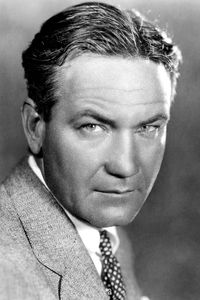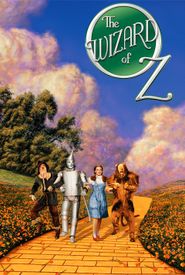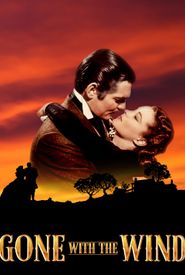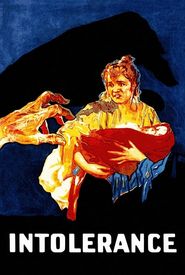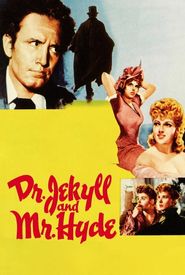Victor Fleming entered the film industry as a stuntman in 1910, leveraging his skills as a mechanic and professional race-car driver to excel in stunt driving. As he became increasingly fascinated with the art of filmmaking, he transitioned to working behind the camera, ultimately securing a position as a cameraman on numerous films featuring the renowned actor Douglas Fairbanks. Fleming's burgeoning interest in direction soon led him to take the reins, and his maiden directing endeavor, The Virginian (1929),marked a significant milestone, catapulting Gary Cooper to stardom, a connection that would remain strong throughout their lives.
Fleming's ascension to prominence continued throughout the 1930s, as he oversaw the production of numerous films that would eventually be regarded as classics, including Red Dust (1932),Bombshell (1933),Treasure Island (1934),and the two iconic films that would be the pinnacle of his career: Gone with the Wind (1939) and The Wizard of Oz (1939). Interestingly, Fleming was brought in to direct both pictures after other directors were replaced, tasked with resolving the troubled productions, which he accomplished with remarkable finesse.
Fleming's career experienced a slight downturn in the 1940s, with the majority of his films, excluding Dr. Jekyll and Mr. Hyde (1941),failing to garner significant critical acclaim or commercial success. Ultimately, his directorial career concluded with the troubled production Joan of Arc (1948),which met with widespread critical and financial disappointment.
